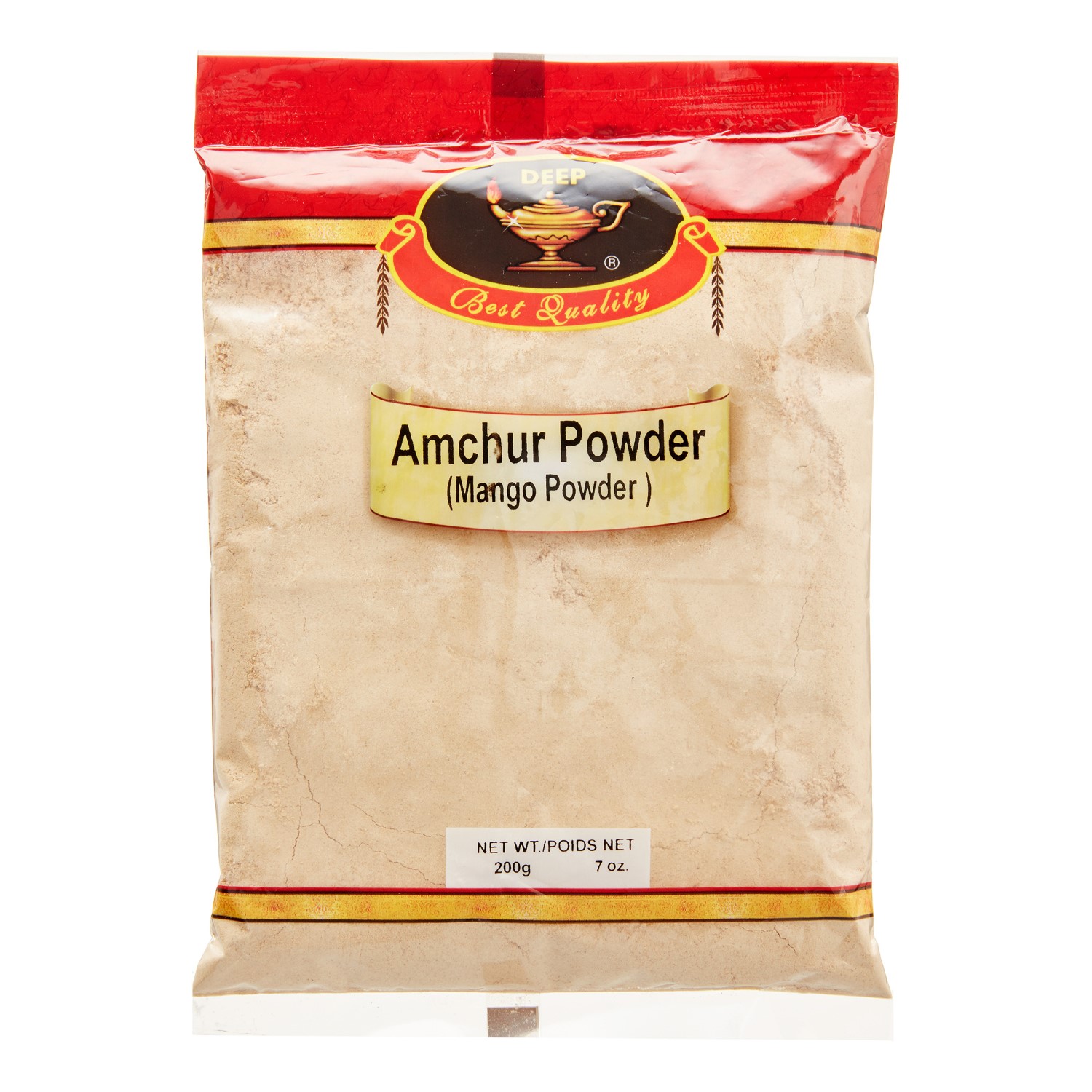Use The Amchur
The Awl’s holiday series on flavors and spices.

There is, I think, a certain uniquely American thrill in taking an ingredient which is wholly identified with one cuisine and using it with flavors and techniques not normally associated with that cuisine. I’m not talking about fusion, exactly, or maybe it’s the evolution of fusion: fusion would be, say, putting Korean bulgogi in a taco. That fusion is easily identifiable as the juxtaposition of two cuisines; it is not so much breaking free of traditions as it is combining multiple traditions. The bulgogi is still cooked the way bulgogi usually is, and the tortilla is prepared the way tortillas usually are, and they are smushed together but still remain themselves.
What is more interesting is to see each individual ingredient and technique by itself and to not really be motivated by what is usually done with it. In doing that we can completely escape any trappings of authenticity or tradition for a moment. Lately I have been doing this with amchur (sometimes spelled amchoor), a beige powder made of dried and then pulverized green, unripe mangoes.
Most recipes that call for amchur use flavors and techniques common to northern India and Pakistan, where amchur is a popular spice. But there is no particular reason to restrict ourselves to those sorts of recipes. The taste of amchur is quite sour and a little fruity, which makes it incredibly versatile; it works with vegetables, meats, grains, beans, fish, fruit. It works in both savory and sweet dishes. You can substitute amchur anyplace you’d use lemon juice, a fruit-based vinegar (wine, cider), or sumac.
But sumac also has attributes that those others do not. There are instances when you want a souring agent but don’t want to add liquid. Crispy roasted or fried items, for example: lemon juice is good, sure, but makes those foods soggy. In purees, added liquid may alter the consistency in a way you don’t want. Sumac, as a sour dried spice, is also good for this, but sumac is a very rough-grained spice, more ideal for finishing. (Sumac is also, being a deep purple, much prettier than amchur.)
Amchur disappears more easily into dishes than sumac, allowing you more control over the overall dish. The flavor is also different: sumac is a little astringent, where amchur is mellower, fruitier. Amchur does also retain a distinct mango flavor, which adds something unexpected to dishes where you wouldn’t expect a hit of tropical fruit.
Like most souring agents, its power lessens with longer cooking time. Amchur is best added right at the end of cooking; it should not be exposed to heat for more than a few minutes.
Roasted Broccoli and Amchur
Shopping list: Broccoli, garlic, leeks, amchur, dried thyme, dried oregano, hard salty cheese in the pecorino family, olive oil
Preheat oven to 420ºF (higher heat might be better, but it’ll never be 420). Cut broccoli florets into bite-sized pieces, trying to get a flat, cut side on each. Cut garlic extremely roughly into maybe three pieces per clove. Discard darkest green of leeks, slice lengthwise, wash out the middle (sand and dirt gets in there), then slice thinly width-wise. Toss this all in a bowl with a bunch of olive oil and the dried herbs.
Spread out on a baking tray. Do not crowd the broccoli. Hey. HEY. Stop it. You will not be able to fit that much on the tray without overcrowding it and causing the broccoli to steam. Take some of that off of there. I know, you may have to do two rounds. Shit happens sometimes.
Roast until broccoli is browned on the bottom and crispy at the edges. The garlic will be golden.
Sprinkle a lot of amchur over the top and grate your cheese over the whole thing.
Grape and Amchur Clafoutis
Shopping list: All-purpose flour, sugar, eggs, American-style yogurt, milk, concord grapes, amchur, amaretto
This is a recipe mostly lifted from the New York Times, a pretty good recipe website. I changed it a bit.
Preheat oven to 375ºF, and grease up a pie pan somehow. I use Pam. I love Pam! Or rather, I love the Key Foods House Brand Spray Oil, which is half the price and only slightly worse.
Wash grapes, toss them in a couple tablespoons of amaretto and a couple tablespoons of sugar. Let sit.
Beat three eggs and about five tablespoons of sugar together. Add a large pinch of salt, the liquid from the grape bowl, and a big pinch of amchur. Beat this in. Then add in one normal sized individual portion of yogurt, about ¾ cup. Beat again. Now slowly dump in ⅔ cup flour. Beat again while doing this!!! Add milk if it seems too viscous; it should be more like a pancake batter than a dough. Taste it. It should taste very slightly too sweet for your liking. Add more sugar if it’s not slightly too sweet
Put your now drained grapes in the pie pan. Use a lot; you want to basically cover the bottom of the pan. Pour all of your batter over the grapes and bake for about 40 minutes; the top will be firm and golden-brown in places. Some of the grapes will burst, scattering concord grape juice in cool patterns. This is fine.
Serve with vanilla ice cream. It can be eaten warm, room temp, or cold, the next day.
